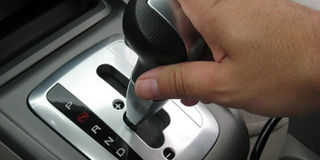When should I engage neutral gear?

What you need to know:
- There are challenges paused when we shift to and from neutral abruptly while in motion.
- The myth that idling your car engine in neutral during a traffic jam can save fuel is largely not true.
Dear Paul, I keenly follow your articles. What is the use of neutral gear in an automatic car and when is it advisable to engage it. Keith Ssebulime
Hello Sebulime, I appreciate your readership. Many motorists have not had the opportunity to use the ‘N’ or neutral position of an automatic transmission. Equally many do not know how and when to use it. ‘N’ has some useful functions some of which could help you avoid catastrophic disasters on the road.
It helps you when disengaging the engine from wheels. This allows free rotation of your wheels during motion or running of the engine while your car wheels are stationary.
During towing, shifting to neutral allows you to utilise the engine aided functions such as the steering and brakes. This prevents premature transmission damage.
Control emergency stopping by shifting to neutral during brake failure. This can help you safely bring the car to a standstill. Emergency braking with the engine running is better than switching it off on the highway.
Stopping a car which is accelerating itself because of a stuck throttle can best be done by shifting from drive to neutral. Attempting to apply brakes may be futile especially as the engine will be at high revolutions.
Engaging
There are challenges paused when we shift to and from neutral abruptly while in motion. This can cause mechanical damage of the automatic gear box especially the old ones without shift on the fly (go). Rolling downhill with your automatic transmission in neutral can be dangerous because you will not have engine brake assist and less control of speed. The myth that idling your car engine in neutral during a traffic jam can save fuel is largely not true. You are better off switching off the engine during prolonged traffic jams.



